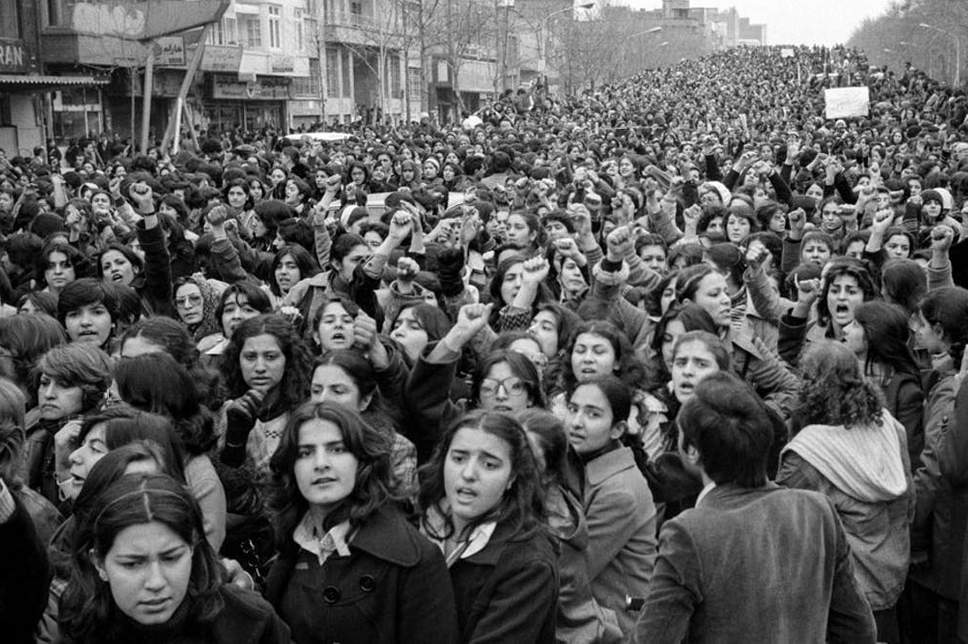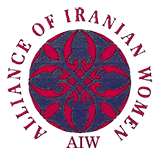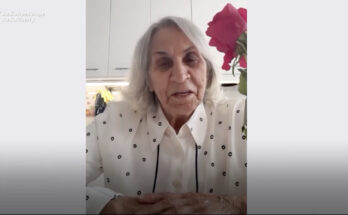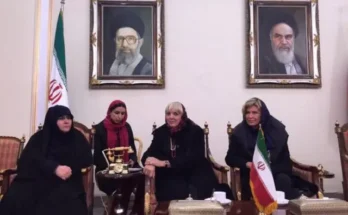By Banafsheh Zand
Source: PJMedia

Today is International Women’s Day, and Iranian women will be on the streets demanding their rights. Iranian women’s fight for suffrage goes as far back as the days of Susan B. Anthony and Elizabeth Cady Stanton in the mid-19th century, and even as far back as the days of Queen Esther when Iranian women were generals in the Iranian army and navy.
Women in Iran had a respite of twenty years, from the late 1950s to the late 1970s, when women’s rights were being protected and a very real equality had begun to take shape. With women as members of the cabinet, as judges, and elsewhere, women were rising in the ranks in the Iranian government and society in general.
But in the winter of 1979 with the arrival of Khomeini, women were being harassed and threatened once again with the prospect of being subjected to archaic Sharia laws. Khomeini had just arrived in Iran and the wave of brutal executions had begun. His string of promises before his return to Iran were fast turning out to be empty promises at best and lies at worst.
I remember March 8, 1979, clearly; I was almost 18 and the revolution was raging around me. One of the first groups to be confronted with Khomeini’s big lie were the women of Iran who on that day attended a huge impromptu meeting at Tehran University: they were protesting the already tough laws that the so-called revolutionary government was passing on women. There were women from all classes; and I was there with the women from my own family and extended relatives (my grandmother spearheaded the outing) in tow. Leaving the Tehran University auditorium, the Khomeinist thugs stood with placards that read: “Sister, your hijab is your chastity and our honor.”
When it comes to social rights in Iran women are the weaker sex, but when it comes to brutality they are treated the same or worse than any man. Iran’s two-time former president, Ali-Akbar Hashemi Rafsanjani, describes women thus:
The difference in stature, vitality, voice, development, muscular quality and physical strength of men and women shows that men are stronger and more capable in all fields. … Men’s brains are larger. … These differences affect the delegation of responsibilities, duties and rights.
One of the first people executed in May 1980 by firing squad for “spreading vice” was Dr. Farrokhroo Parsa, the minister of education under the shah. Dr. Parsa, who herself was an outspoken advocate for women’s rights in Iran, was charged with allowing schools to go co-ed and for allowing girls to wear shorts in gym class.
That was the beginning, and now 33 years later — and every year — once again Iranian women will stand tall against the Iranian regime. And as usual, the Iranian regime has threatened everyone throughout the country with their usual crackdowns and violence.
More than 100 women’s rights activists and 200 men supporting the women’s movement have put out a statement that reads:
Together with our compatriot brothers we will gather in the streets and march in support of the common demand as equality is only attainable under a democratic system.
This statement has been issued while activists of all social tiers, including women, are under pressure and do not have freedom of speech or expression in any form. The names of the signatories who live inside Iran have therefore been withheld for fear of retribution and arrest.




